The Comeback
How the early Las Vegas Strip influenced Elvis Presley, and how he returned the favor in 1968.
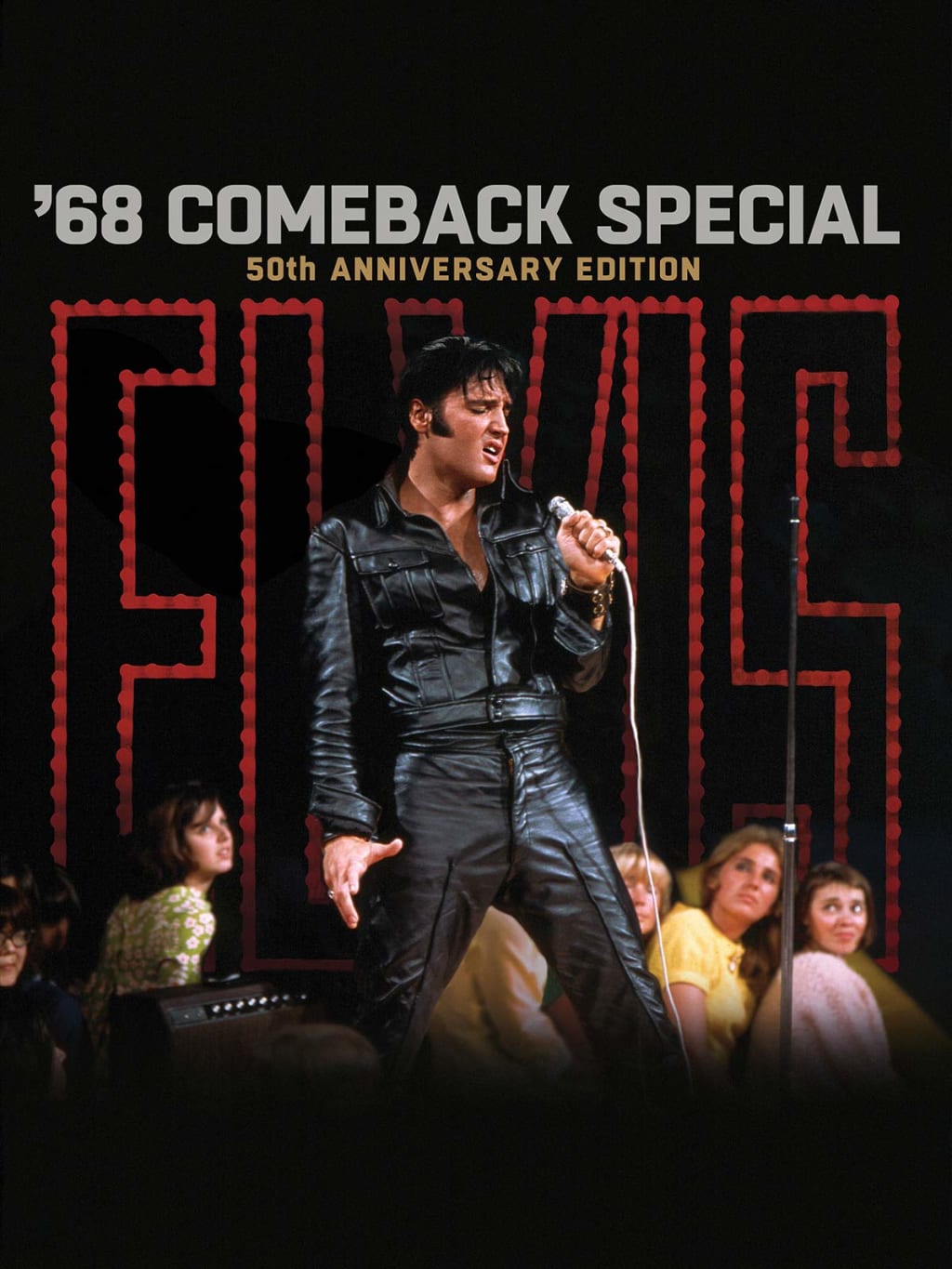
The Riviera, largest hotel in Las Vegas, was one year old. Las Vegas had just announced that the city, population about 25,000, had brought in two hundred million in gaming revenue the year before. The Strip was seeing unprecedented development, as names of celebrities, on many marquees, dotted the Boulevard. It was the same month Grace Kelly had made her first Vegas visit, promoting To Catch a Thief with Kerry Grant. This was the end of April, 1956.
That's when the man known as Colonel Tom Parker first brought Elvis Presley, whom he had just met one year earlier, to Las Vegas. Parker had made the deal to come to Vegas just months after meeting the singer, but Elvis was then too young to be legal in Sin City. Now barely 21, Elvis was booked on a ticket at the New Frontier Hotel with the Freddy Martin Band and others. It was a production haphazardly conceived, and confused in its execution. In an effort to localize the performance, they billed Elvis as "The Atomic Powered Singer." He took the stage with his band, but flopped. The Las Vegas audience was mostly a generation older, and not impressed. In retrospect it seems impossible that this entertainer who would become such a staple of Las Vegas showmanship was not a hit in his earlier booking on the Strip. But the Elvis of April, 1956 was very different from the one the city came to know in 1969.
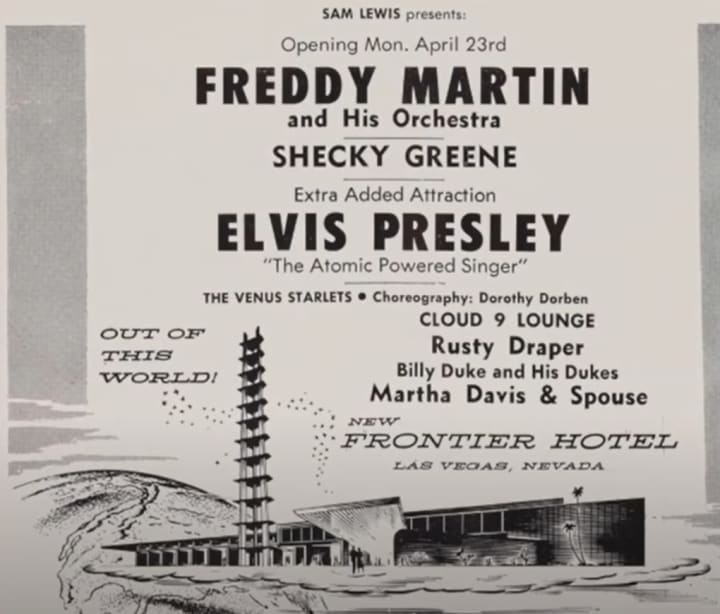
With two weeks to kill on that original Vegas booking, Elvis and the boys had a chance to take in some other shows. In the Sahara lounge they found Freddie Bell and the Bell Boys. Unlike Elvis, they were rocking the house to great audience response. Elvis particularly liked Freddie's version of Hound Dog, a song Elvis had heard since 1952 by it's original singer, Big Mama Thornton. But Freddie Bell had re-written the lyrics for a broader audience, and Elvis liked what he heard. When asked, Freddie Bell encouraged Elvis to record the Bell Boys' version. Elvis got that monster hit from the Sahara Hotel that day, in Las Vegas.
There was more to the Bell Boys that influenced Elvis. Their group danced in semi-unison, led by Freddie's bandy-legged hip swinging movement. It had the audience hooked.
Freddie Bell and the Bellboys, 1956
Freddie Bell remembers Elvis in 1956 Las Vegas
Frustrated with the reception Elvis was getting in Vegas, Colonel Parker reached out to another veteran music manager, Seymour Heller. Like the Colonel, Heller had recently focused most of his management on the output of one artist who was taking the world by storm - Liberace. The veteran showman had been playing Vegas for over a decade, and until 1955, at the very hotel Elvis had now been booked.
The Colonel saw Liberace as the quintessential Las Vegas act. Having garnered a massive television audience on his own syndicated show years earlier, Liberace had just created the first-ever Las Vegas residency across the street, at the Riviera's Clover Room. It was there that the model of a national star attracting audiences for months at a time to one property was implemented, and to tremendous success. Parker asked Liberace to come back across the street to the New Frontier Hotel, and do a publicity photoshoot with Elvis. Liberace began this by watching the show of the young rock-and-roller. Visiting him backstage afterword, Liberace gave a now famous bit of advice to Elvis, when he told him "The act needs more glitz." He also advised Presley on the unique attributes of the Las Vegas audience of ever-rotating visitors.
Glitz was Liberace to the core. He had famously donned a gold lamé jacket for his 1952 performance with the Los Angeles Philharmonic, which was scandalous at the time. The break from the typical tuxedo in main stream music was also a hit in his Las Vegas show, where more elaborate costumes of Liberace were setting the stage for others.
Clowning for the cameras at the photoshoot at the New Frontier Hotel was followed by Elvis attending Liberace's performance at the Riviera, and meeting him centerstage during the show. Elvis would later say that just about the only good thing that came from his first foray into Las Vegas was that he met Liberace, and got the signed photo of the pianist for his mother. The picture still resides at Graceland.
Two months later, July 5, 1956, Elvis was booked on the Milton Berle TV Show, where Berle got more than he bargained for. This was the very first performance in which Elvis took to a new form of dancing, which critics called "vulgar" and "animalistic," the choreography of Freddie Bell.
Within a year, Elvis had gone to legendary country-western costume designer Nudie Cohn, and had him create a gold lamé suit befitting of the King of Rock and Roll. The two called Liberace to celebrate the decision.
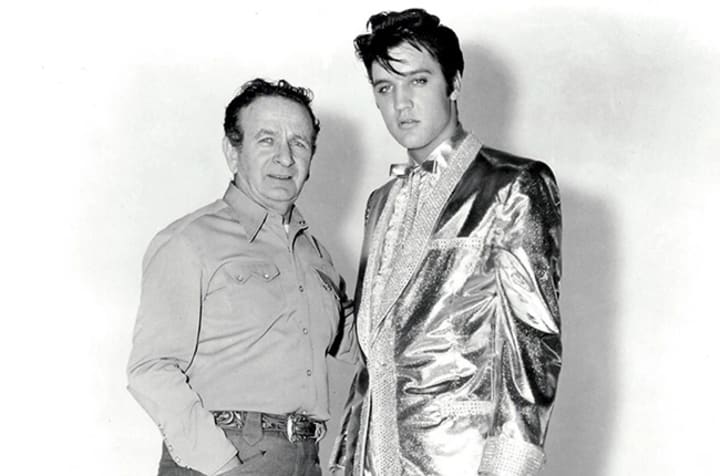
In Las Vegas Liberace and Elvis realized many commonalities. Both were born with stillborn twin brothers. Both raised with meager means, by parents with tumultuous relationships. Both were automobile enthusiasts, both known for giving away cars as gifts like most people give cuff links. But transcending all of this was the fact that both were talented showmen, who envisioned a show business before it's time, and later made it happen.
For thirteen years after the initial meeting of Elvis and Liberace, Presley garnered a national audience through movies. He corresponded with Liberace, and was a student of showmanship. In 1964 he returned to Sin City to film his fifteenth movie, Viva Las Vegas. What Liberace had done to develop an audience with television, Elvis had later replicated with movies. He was a fixture of the Saturday matinee, with a giant national audience. But by 1966, Elvis was growing tired of the often demeaning roles and scripts coming his way.
In 1968 Kirk Kerkorian, predicting the convention business expansion in Las Vegas, announced construction of the biggest hotel in the world, off the Strip on Paradise Road, connected to the Las Vegas Convention Center. Having left the movie business by that time and looking to revitalize his long-neglected music career, Elvis accepted a booking, sponsored by Singer Sewing Machine Company, to do a Christmas special, live on television. But the show's producer Steve Binder and his team were not on the same page as the network, and certainly not thinking like Singer Sewing Machine, when they decided to deviate from the format entirely, and make the concert pure, unadulterated Elvis Presley, the King of Rock and Roll.
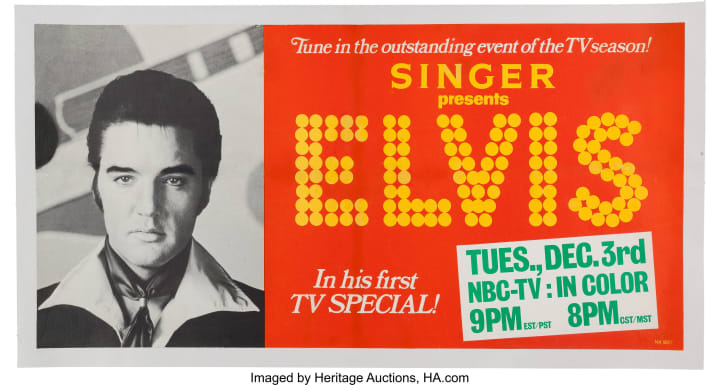
While the network and sponsor representatives asked when he would be performing Here Comes Santa Clause, Elvis took the stage in head to toe black leather, his band surrounded him on a square stage played in the round, and they killed it. Elvis was back.
What came to be known as the Elvis 1968 Comeback Special blended all the elements of musical genius, costume, audience interaction, candor, originality and pure showmanship. It was Glitz, Elvis style, and it was live. The event marked a turning point in American showbusiness, and it supercharged the Las Vegas entertainment residency business model, created earlier by Liberace.
Colonel Parker immediately turned to the International, and Kerkorian booked Elvis for two months per year, beginning that July, with lots of perks, in the 1500-seat theater. The International made the world know Las Vegas was a serious convention contender, and Elvis on the marquee made sure the average joe knew it. Elvis took the stage with elaborate costumes, back up singers, a brass section, all perfectly orchestrated in a meticulously produced, major Las Vegas show. Taking his old friend's advice, Elvis had returned to Las Vegas with a full compliment of glitz.
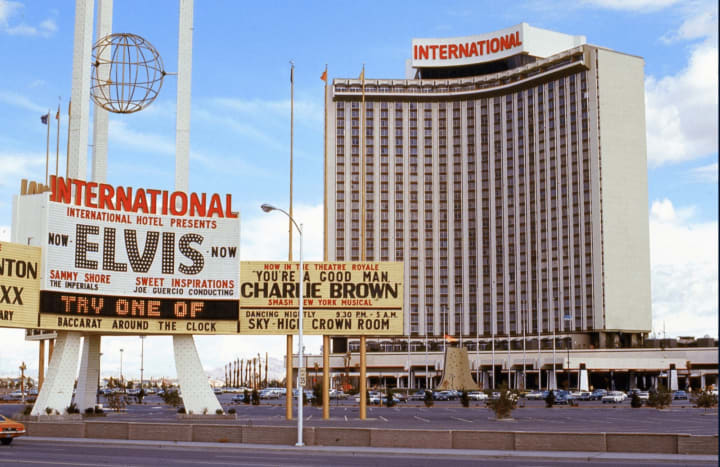
Barron Hilton, by then convinced Las Vegas and entertainment were critical to his plans for expansion of the hotel company his father built, made an offer Kerkorian couldn't refuse, and the International became the Las Vegas Hilton. In 1972, Hilton added more rooms and signed Liberace to dark months in the same theater as Elvis, for an unprecedented $300,000 per week. Hilton had the two biggest headliner residencies on the planet, at the largest hotel in the world, and followed it up by buying the historic Flamingo Hotel on the Las Vegas Strip.
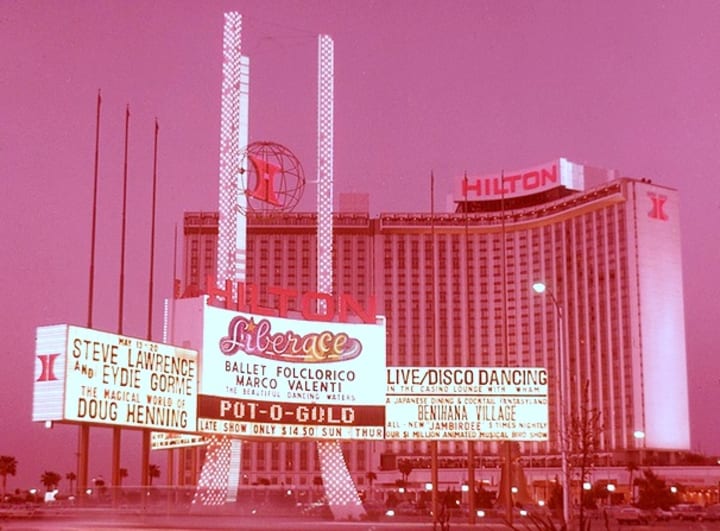
Liberace, and the Las Vegas Strip genre of entertainment he helped to create, had profound influence on Elvis in 1956. And the Elvis 1968 Comeback Special returned the favor, triggering the events that led to the development of a 4.2 mile stretch of road in the desert, that has come to be known as the Entertainment Capital of the World.
About the Creator
Jonathan Warren
Honorary Consul of Monaco, Chairman of the Liberace Foundation for the Performing and Creative Arts, 50 years in Vegas, Citizen of the world.
www.jonathanwarren.me

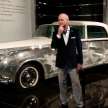
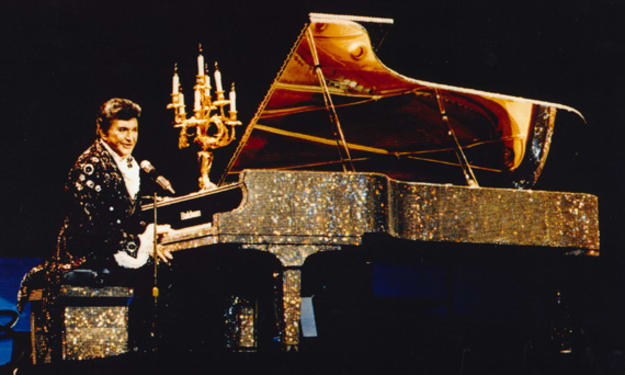



Comments
There are no comments for this story
Be the first to respond and start the conversation.